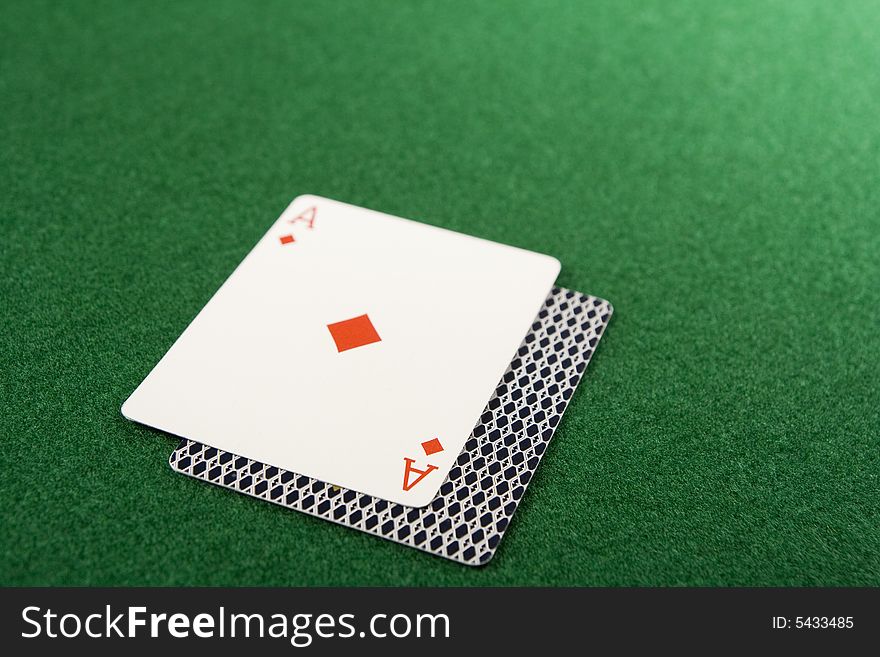In a game of blackjack, a 2-card hand consisting of an ace and a face card or a 10 is called a blackjack. (Round your answers to four decimal places.).
Card Counting Systems > Ace-Five
If you’re interested in learning how to card count, but aren’t sure you want to learn a complex system right away, the Ace-Five Count might be right for you. It’s also perfect for casual players that want to cut into the house edge and have the possibility of ending up slightly ahead of the casino, but aren’t worried about playing blackjack for a living or squeezing out as big an advantage as possible. It also has the advantage of being very unlikely to out you as a card counter, since you won’t be playing at a huge advantage, and you won’t be adjusting your play very much.
Editor’s Picks for Best Online Blackjack in 2019

- Multiple blackjack games
- Publicly traded company
- Multi award winner
- Highly rated blackjack casino
- Vegas style blackjack
- Welcomes American players
$11,000
- Classic & progressive blackjack
- Weekly blackjack tournaments
- Great for U.S. based players
$4,000
- Vegas Style blackjack games
- Caters for American players
- Live 24/7 customer support
$11,000

The Ace-Five Count earns its name because it only considers aces and fives. This greatly simplifies the process for the player, who doesn’t have to track the majority of the cards in the deck. This works because aces are the best card in the deck for the player, while fives are the worst. Aces mean that the player is more likely to make a 3-2 paying blackjack, while fives turn the normally bad dealer hands (12-16) into hands the dealer can stay on.
Blackjack 10 And Ace
Since there are an equal number of aces and fives in the shoe to start, no weighting or other adjustments are necessary. The player only needs to add one to the count (+1) each time a five comes out of the shoe, and subtract one (-1) each time an ace comes out of the shoe. When the count is positive, the remaining shoe is generally good for the player, while a negative shoe is bad for the player.
There have been a number of counts over the years based on this system, so coming up with a truly unique Ace-Five Count is nearly impossible these days. With that in mind, the following betting system to go along with the Ace-Five Count has been derived from several sources, including works by The Wizard of Odds and Paul L. Shaffer.
When you sit down at the start of the shoe, start your count at 0, and make a small bet you are comfortable with (most people will start with the table’s minimum bet). If the count is +2, double your bet. If the count gets to +3 or higher, double your bet again, but do it only after a win; this will help make it less obvious that you’re doubling due to the count, rather than trying to ride a “hot streak.”
Blackjack 10 Count Strategy
The amount of times you continue doubling after this point is completely up to the individual player. There are two forces working in opposition when you add a bigger spread and continue to double your bets. On the positive side, you increase your advantage over the house, since you’ll be wagering a lot more money when you know the deck is in your favor. However, you are also putting a lot of money at risk with only a small edge, meaning that your variance will be much, much greater. In addition, large spreads may increase the chances of getting caught card counting.
By using a system such as this one, you will likely hold an edge against the casino under most rules, but the edge will be small – less than 1%. That said, that’s enough that in the long run, you can expect to come out ahead of the casino, and make you feel like you’re playing a game that you have control over, rather than the house. It’s also a great way to get started with card counting before advancing to more complex systems, such as the Hi-Lo Count.
Related News
Blackjack 10 Count
